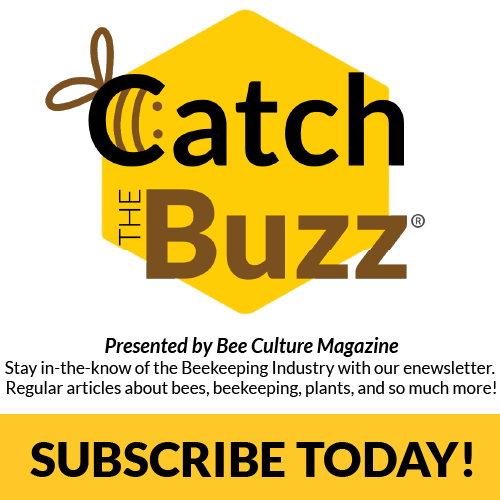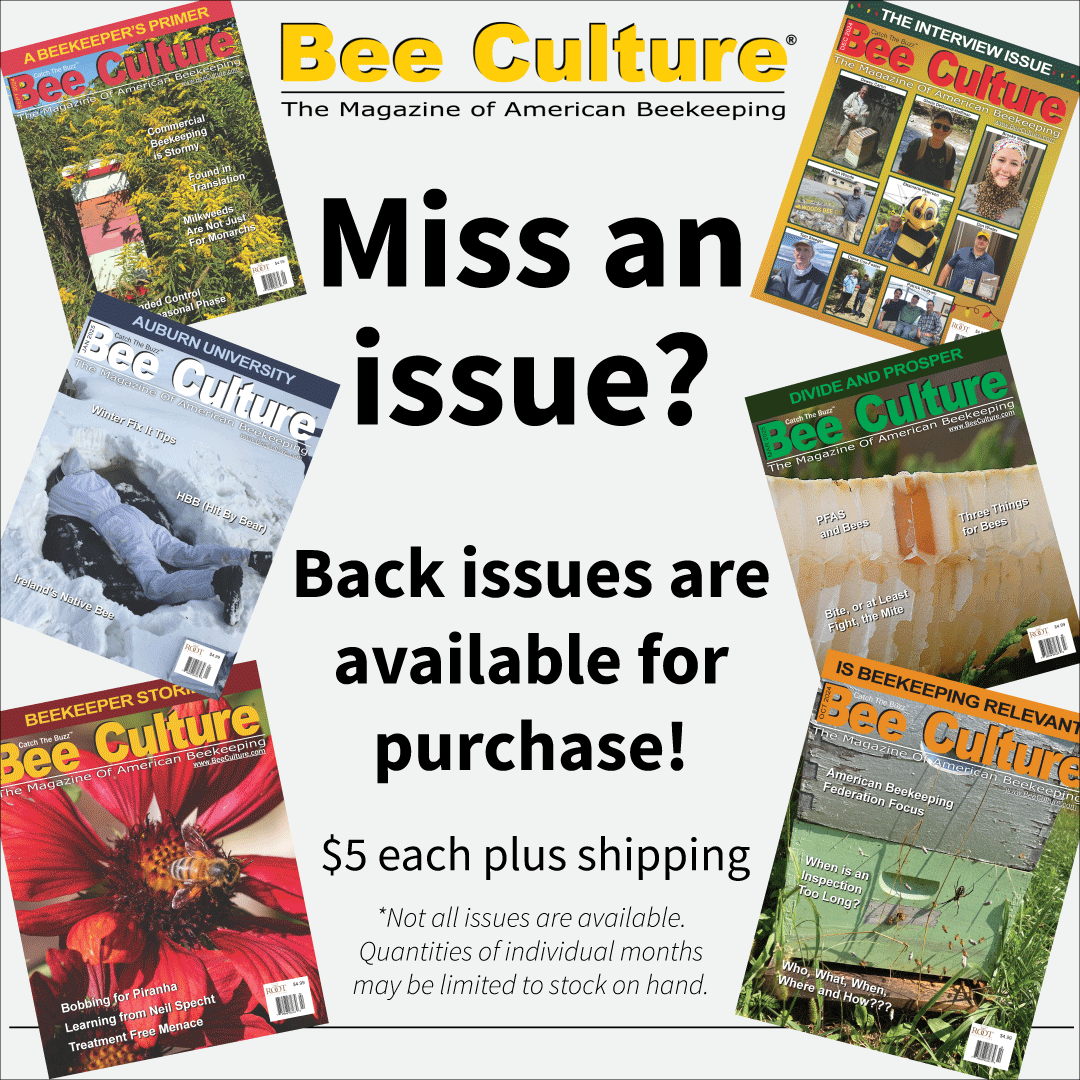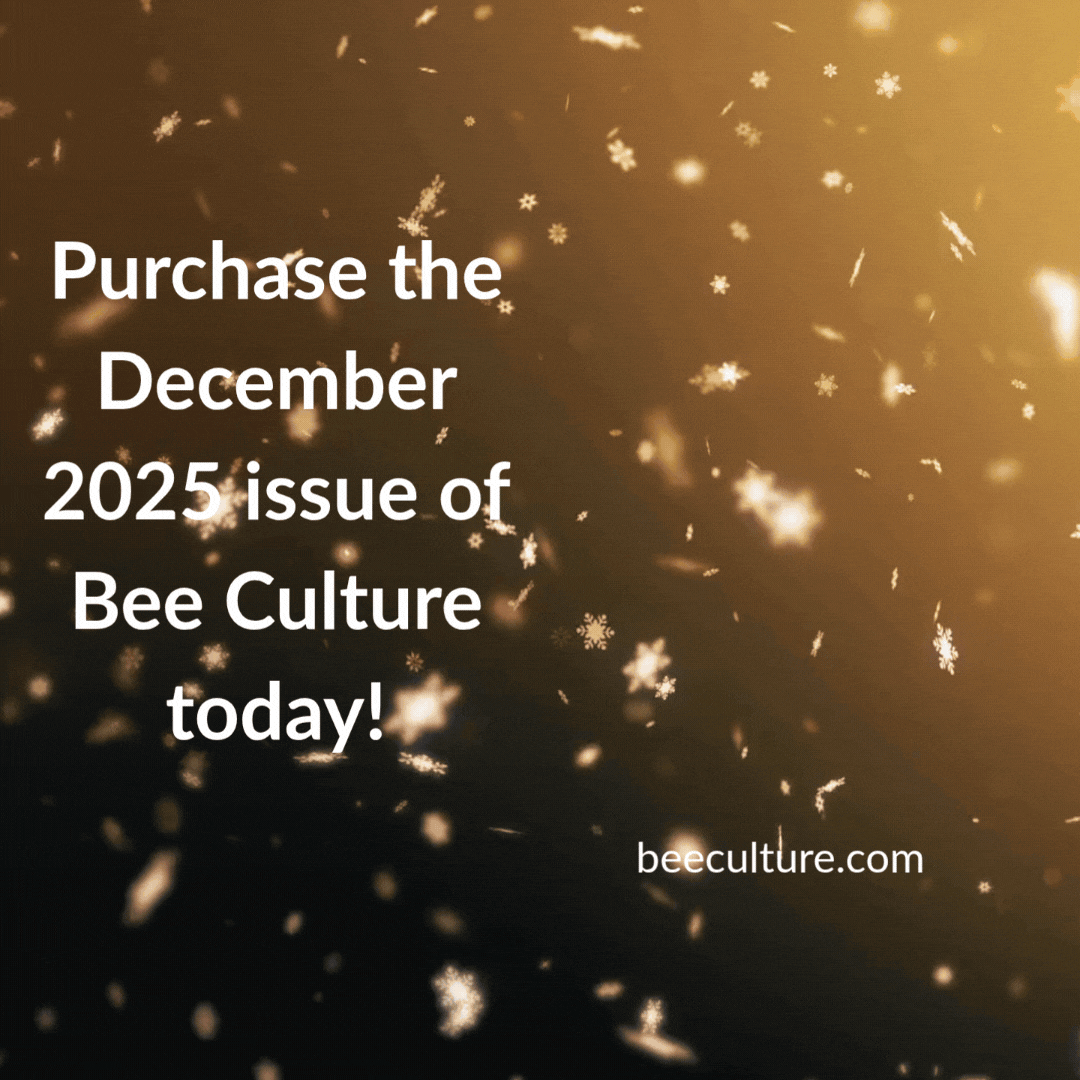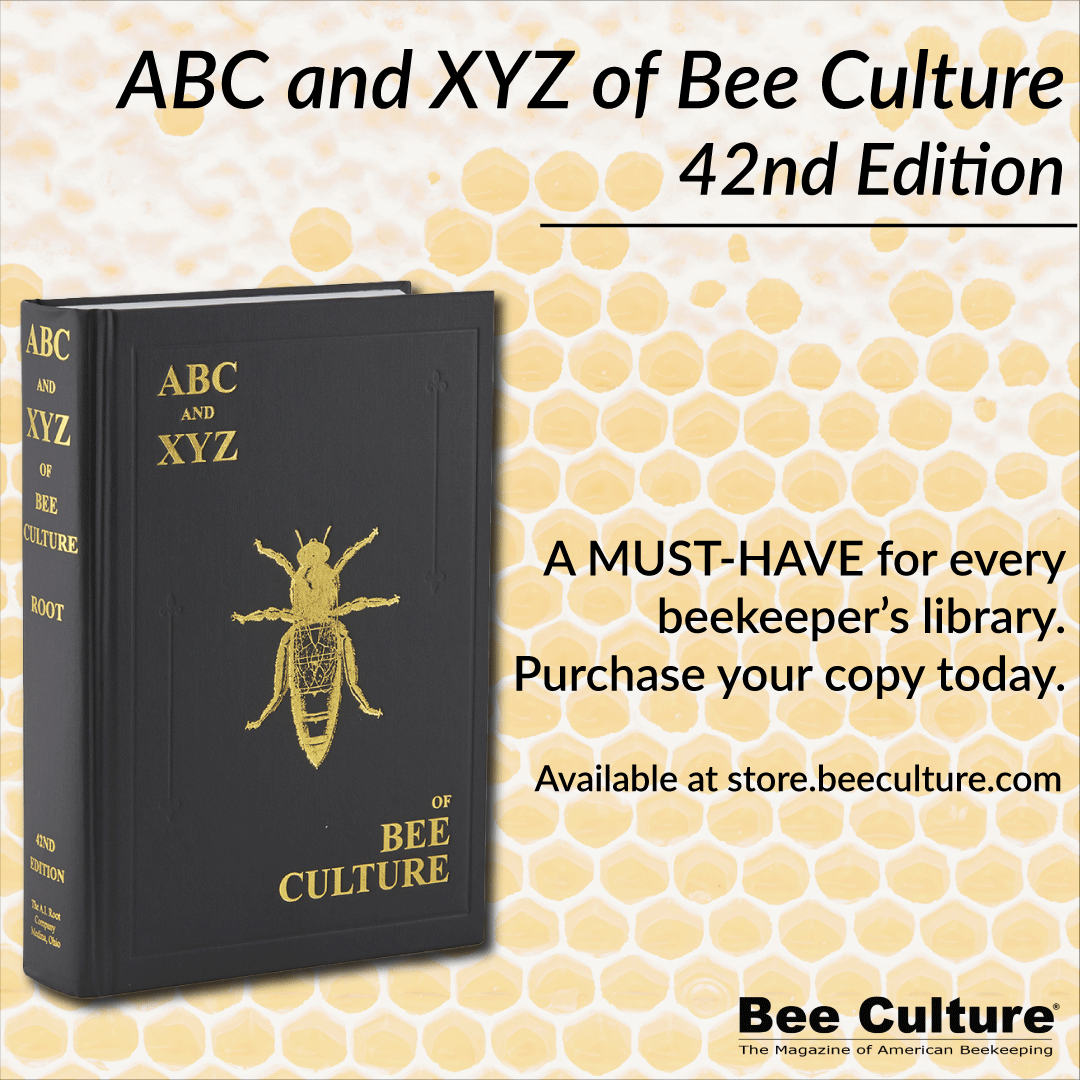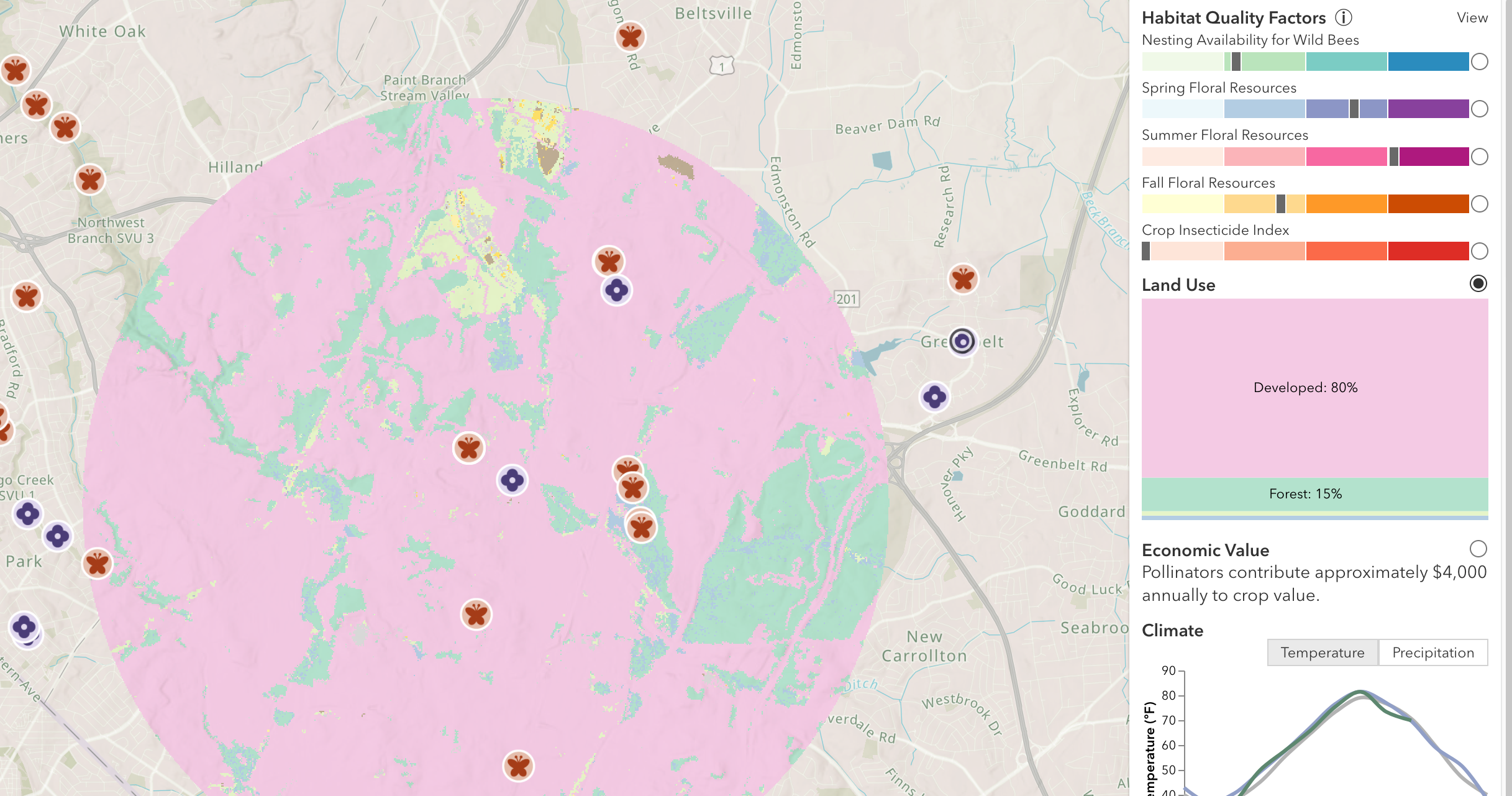By: Jackie Hough
This article originally appeared in the Summer 2020 issue of BEEKeeping Your First Three Years
A few months ago, a good friend who works with cooperatives provided me with a link to the International Cooperative Alliance https://ica.coop/en/whats-coop/co-operative-identity-valuesprinciples.
From their website I learned that “a cooperative is an autonomous association of persons united voluntarily to meet their common economic, social, and cultural needs and aspirations through a jointly owned and democratically-controlled enterprise”.
After reading those words I thought, well, if that doesn’t describe a colony of honey bees, I don’t know what does! And then I thought, wouldn’t this be a great angle from which to speak about bees to a public gathering? As beekeepers – especially those of us pursuing a Master Beekeeper program in our state – we often find ourselves being asked to speak to groups and organizations.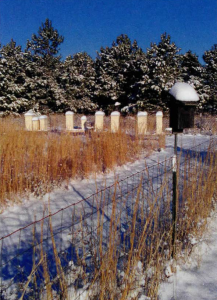
Let’s face it, most people like honey. And many members of the public are in favor of “saving the pollinators” and want to do what they can. But few in the public without a beekeeping background really understand the inner workings of a hive – nor would they readily understand the terminology that we use. I’ve found that I have the best success with a presentation when I speak directly to my audience, and relate to them where they are, using concepts they understand.
The article shown below offers one example of how you, a prospective public speaker, can explain the organization of the colony. The main points of the article can readily be converted into phrases typed onto slides for a PowerPoint presentation with photos from your own apiary (see “Power Points” in the October 2019 Bee Culture to find ways to improve the actual structure of your PowerPoint presentation), and you can fine-tune the talking points to focus on whatever group will be hearing your presentation. I recall speaking to a civic group some years ago – the members were stunned that I actually took the time to look up the focus of their group, and devoted time in my presentation to connect what I do with a few of that organization’s goals.
In addition, the article below offers some links to online articles that you could provide in a handout to your listeners, (or in an email a day or two after the presentation) and some links to videos that could be shown in part (a few are long) or in their entirety during your talk. In creating this article, I selected as my ‘target audience’ the members of a cooperative to which I belong: the North Carolina Electric Cooperatives. I used terms that would be meaningful for fellow cooperative members, and included a photo of a friend (and fellow beekeeper) who belongs to a different branch of the EMC (electric membership cooperative) than I do. At the close of the article, you’ll find information for a slide that you can revise to highlight upcoming bee schools or other information that you want to provide as the final note of your presentation. Read on, and be thinking about your next presentation.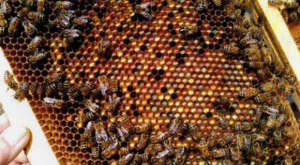
Good luck!
——————-
As a beekeeper, I feel that there are few organizations in the world as industrious, as productive, and as focused on cooperation as honey bees. The International Cooperative Alliance website offers seven Cooperative Principles by which human-formed cooperatives operate. Though all seven principles do not apply to an insect “co-op” like a hive of bees, four of the principles in particular so clearly illustrate the bees’ work and interactions that the bees might as well have written the principles themselves. The first cooperative principle that bees embrace is Voluntary and Open Membership: “Cooperatives are voluntary organizations, open to all persons able to use their services and willing to accept the responsibilities of membership…” From the time a new bee emerges from her wax cell, she becomes a member of the cooperative colony. https://www.youtube.com/watch?v=f6mJ7e5YmnE.
She commits her life to caring for the colony, and acts selflessly for the good of the colony. Other young worker bees in the hive, called nurse bees, greet the new bee and offer her food. She soon begins to feed herself, and then turns her attention to her life of service. She starts by cleaning out the cell from which she emerged, and goes on to help clean other cells in preparation for the queen to lay more eggs. Many more tasks are ahead of her as she becomes a contributing member of this cooperative society.
Individual worker bees do not have a long life span. In the main growing season, each honey bee worker lives about 6 weeks. The tasks she accomplishes are related to her age, though some flexibility occurs depending on weather, food stores, and overall health of the colony. Generally, from 3 through 11 days of age, the young worker serves as a ‘house bee’, cleaning the wax cells, feeding developing bees arising from the eggs that the queen lays, and attending to the queen herself. In doing this, the worker is helping to grow the workforce that will provide ongoing care and resources for the colony.
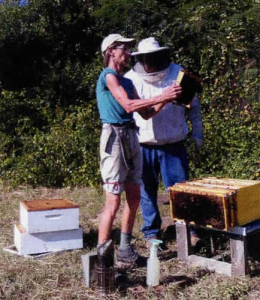 The worker bees’ contribution to the colony showcases the cooperative principle of Member Economic Participation: “Members contribute equitably to, and democratically control, the capital of their cooperative”. From day 12 through 22 of life, the worker bee advances to new tasks such as helping to ventilate the hive and shaping the wax comb structure. In the final few weeks of her life, the worker engages in receiving nectar and other resources brought into the hive by the older, forager bees. She helps to guard the hive, and ultimately flies out to become a forager herself to share in bringing home the nectar, water, and pollen that all members of the colony need and use, as well as the tree and plant resins that seal and protect the structure of the hive and its occupants. The colony members make these resins into a sticky substance known as propolis, a term that has early Latin and Greek origins. ‘Pro-‘ means ‘for’, while ‘polis’ means ‘city’. ‘Propolis’ does indeed create a protective envelope for a cooperative city of bees.
The worker bees’ contribution to the colony showcases the cooperative principle of Member Economic Participation: “Members contribute equitably to, and democratically control, the capital of their cooperative”. From day 12 through 22 of life, the worker bee advances to new tasks such as helping to ventilate the hive and shaping the wax comb structure. In the final few weeks of her life, the worker engages in receiving nectar and other resources brought into the hive by the older, forager bees. She helps to guard the hive, and ultimately flies out to become a forager herself to share in bringing home the nectar, water, and pollen that all members of the colony need and use, as well as the tree and plant resins that seal and protect the structure of the hive and its occupants. The colony members make these resins into a sticky substance known as propolis, a term that has early Latin and Greek origins. ‘Pro-‘ means ‘for’, while ‘polis’ means ‘city’. ‘Propolis’ does indeed create a protective envelope for a cooperative city of bees.
By now you may be wondering who directs all this activity and organizes the bees to work and cooperate as they do. Not the queen!
Honey bees embody yet another cooperative principal: Democratic Member Control: “Cooperatives are democratic organizations controlled by their members, who actively participate in setting their policies and making decisions”. In his landmark book, Honeybee Democracy, Dr. Tom Seeley of Cornell University reveals the inner workings of a hive and shares the decision-making processes that bees put in motion to reach consensus on matters such as finding a new home, raising a new queen, and entering into the reproductive act of swarming. https://www.cornell.edu/video/honeybee-decision-making.
There is no formal training program in a hive for new bees emerging from their cells. Later in their lives, however, in their search for nectar and pollen the bees of the hive will accomplish much more nectar- and pollen gathering if each bee is able to educate her hive-mates regarding the location of especially desirable floral resources. Thus bees embrace yet another principle of cooperative structure: Education, Training, and Information: “Cooperatives provide education and training for their members, elected representatives, managers, and employees so they can contribute effectively to the development of their co-operatives”. Though they prefer not to, honey bees can fly as much as 5 to 6 miles from the hive if necessary in search of high quality nectar and pollen resources. Naturally, if a bee finds an especially desirable source, she wants to share the good news with her hive-mates. To accomplish this, upon her return to the dark interior of the hive, the forager bee will begin to dance on the surface of the comb to attract attention to her newly-discovered food source through the vibrations generated by her dance.
The honey bee dance language takes several forms. Two of the dances relate to foraging. A honey bee will perform a ’round dance’ on the comb if the food source is less than about 50 meters from the hive. For sources at a significant distance (greater than 150 meters from the hive) the forager will perform a ‘waggle dance’ which includes specific movements to inform the colony of the direction and distance to the floral resource. https://content.ces.ncsu.edu/honey-bee-dance-language.
Perhaps the most fascinating cooperative effort by honey bees is the collective decision to swarm. After the workers determine that swarming is desirable, part of the colony will make preparations and then they (and the current queen) will depart to seek a new home, leaving behind about half the workers and one or more cells containing growing queens, one of whom will replace the departing queen. After an initial short flight, the swarm clusters on a shrub or tree branch, and ‘scout bees’ fly off in search of a suitable new home. Returning scouts who have found a home site will dance on the swarm surface to advocate for their choice. Members of the swarm evaluate the dances, and more scouts will fly to assess the most ardently ‘advertised’ home sites. In true cooperative fashion, the best site is ultimately selected by the members. The swarm then flies to its new home to establish a colony in a new location. https://www.smithsonianmag. com/science-nature/the-secretlife-of-bees-99559587/.
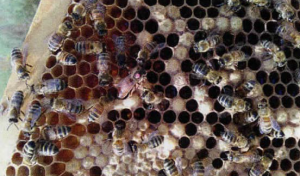 Want to learn more? From early January throughout the Spring season, beekeeping schools are humming all across North Carolina! Come and learn what the buzz is all about. With over 4,500 members, the North Carolina State Beekeepers Association is the nation’s largest state beekeeping organization. Visit the website to find a bee school near you: https://www.ncbeekeepers.org/ calendar/courses-bee-schools.
Want to learn more? From early January throughout the Spring season, beekeeping schools are humming all across North Carolina! Come and learn what the buzz is all about. With over 4,500 members, the North Carolina State Beekeepers Association is the nation’s largest state beekeeping organization. Visit the website to find a bee school near you: https://www.ncbeekeepers.org/ calendar/courses-bee-schools.
Jackie is a North Carolina Master Beekeeper. She teaches at bee schools and at North Carolina State Beekeepers Association chapter meetings across central North Carolina.

